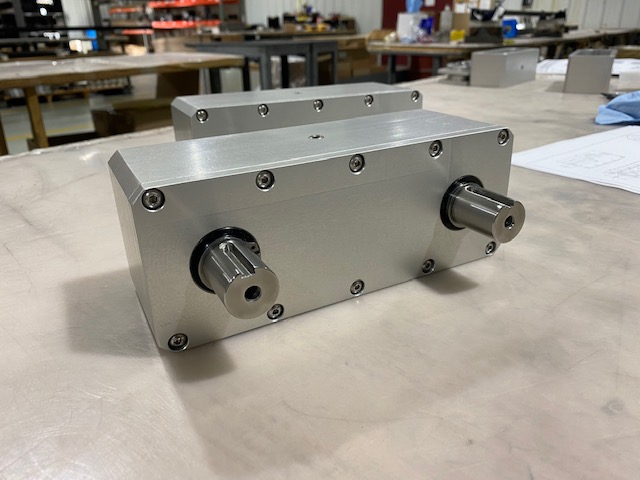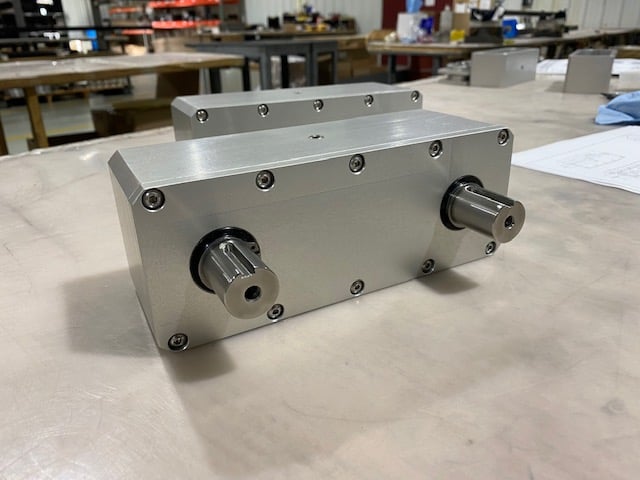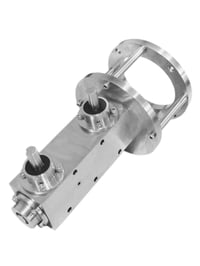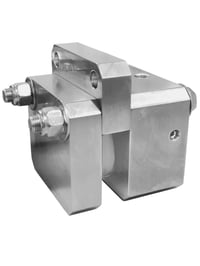

When designing a custom solution, mitigating risk and margin for error is critical. One mistake and the fallout in expense can be substantial. This is why prototyping is a common practice in manufacturing. It allows manufacturers the ability to assess, qualify, and minimize risk. But if you need to justify the expense of prototyping, it’s worthwhile to weigh the advantages of prototyping against the associated costs.
Some products are simple enough that a computer aided design (CAD) rendering can suffice for prototyping, but it may be difficult to rely solely on digital prototyping for more complex designs. The more complex the design, the more components the product can have, and the fit and functionality may need to be confirmed and tested with a physical prototype. Here are a few of the reasons why we're proponents of physical prototyping for custom designs:
 Create a physical sample to provide to the customer
Create a physical sample to provide to the customer
Depending on the product, going into production with an incorrect component can be time consuming and carry exorbitant costs. For quality control and confidence-building, there’s nothing like seeing and handling a new product for yourself. This prototype confirms to the customer that their product is being made with true quality. They can provide feedback prior to production to eliminate disappointment, misunderstandings with the design, and unnecessary expenses.
Confirm form, fit, and function of the new product
In many cases, the part or component that is being prototyped needs to fit into another component with precise specifications. Misjudging by a fraction of a fraction of an inch can be a total miss if the newly manufactured component doesn’t fit. Developing a quality prototype allows you to look at all aspects of the product, from size to fit and associated tolerances, to ensure it works and that the size is correct and that it works with accompanying components.
 Avoid costly rework or re-design
Avoid costly rework or re-design
The old adage “do it once and do it right” is quite relevant when it comes to prototyping. Producing a prototype based on the initial design allows you to identify issues early in the process so you can make necessary modifications before going into production. You will also avoid having to rework a lot of parts made or the need to go back to the drawing board for the design.
Test and validate the product's intended use
No manufacturer wants their product to become defective or fail a stress test that could have been detected in the design phase. It's a costly setback – not just budget-wise, but also in terms of the damage it can cause to business relationships and reputations. In many industries, it's common for new products to undergo endurance testing in the prototyping phase to determine useful service life or anticipated cause of failure. This step allows a designer to create a schedule for proper maintenance and service needs to optimize the product's life span.
Most of the benefits of physical prototyping come down to catching problems early. While it's a greater initial investment, that simple step helps prevent redesign and rework costs that can hugely inflate the financial scope of production.


